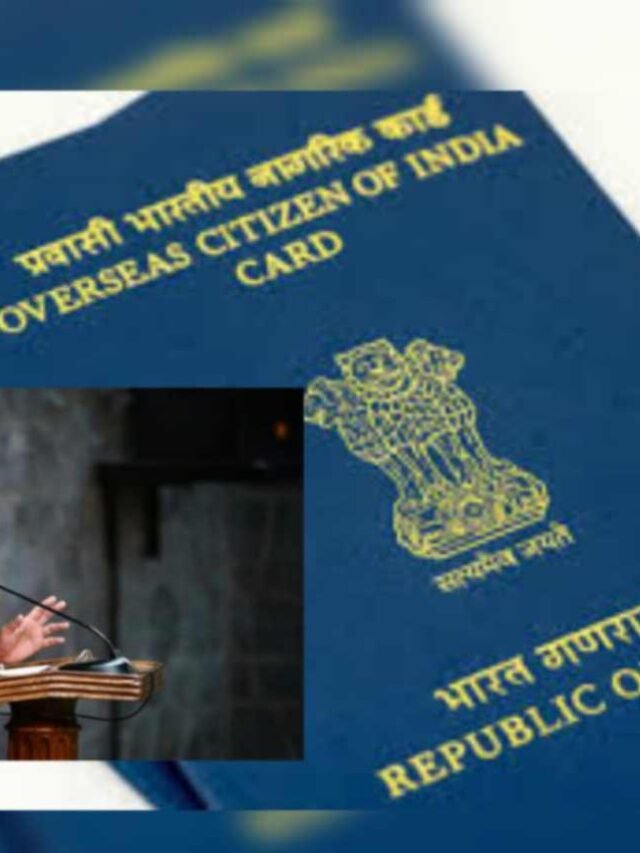Understanding Plea Bargaining under CrPC 1973
Introduction: Plea bargaining is a legal process where an accused individual accepts responsibility for a crime in order to receive a reduced sentence. Unlike some other countries, such as the United States, this concept is not widely practiced in our legal system. However, it is referenced in the Code of Criminal Procedure (CRPC) and is typically initiated when the magistrate takes cognizance of the case.
Definition of Plea Bargaining under CrPC 1973
In simple terms, plea bargaining involves the accused acknowledging their involvement in a crime to secure a lesser punishment.
While not extensively implemented in our legal system, plea bargaining is still mentioned in the CRPC. In our country, it is typically initiated at the stage when the magistrate takes cognizance of the case, allowing the accused to negotiate their sentence by admitting to the committed offense.
Section 265(A) Of CrPC
Section 265(A) allows individuals to opt for plea bargaining if they have committed an offense that does not carry a punishment of life imprisonment, imprisonment exceeding seven years, or death penalty. This provision applies when the magistrate has taken cognizance of the case or when the police submit a final report accusing a person of offenses not punishable by life imprisonment, imprisonment for seven years, or death.
Section 265(B): Application for Plea Bargaining
Initiation of the Plea Bargaining Process
Under Section 265(B), individuals accused of an offense are permitted to submit an application for plea bargaining. This crucial pretrial procedure necessitates the accused, through legal representation, to file the application before the trial commences.
Submission Requirements
Accompanying the application, the accused must furnish an affidavit. It is imperative for the magistrate to ensure that this submission is voluntary and not under any form of compulsion. If, however, the accused has a prior conviction for the same offense from lower courts, the magistrate has the authority to reject the application.
Judicial Evaluation and Hearing
Once the accused has submitted the plea bargaining application, the court schedules a date for both the complainant and the accused to appear. On this day, the court, in an in-camera proceeding, examines the accused to ascertain the voluntary nature of the application. This private session may take place in the magistrate’s or judge’s personal chamber.
Negotiations and Agreements
If the court is satisfied with the voluntary nature of the plea bargaining application, it allows time for negotiations or agreements between the accused and the complainant. These discussions may involve compensation arrangements for the victim, among other considerations.
Following successful negotiations, the court sets the next date of appearance for the accused and the complainant. This marks the progression of the case and signifies the continuation of the plea bargaining process within the legal framework.
Section 265(C) Of CrPC
Procedures for Negotiations and Agreements
Section 265(C) outlines the specific procedures regarding negotiations and agreements between the accused and the victim. The section differentiates between cases initiated based on a police report and those initiated upon a magistrate’s cognizance.
Cases Initiated by Police Report
In instances where the case originates from a final police report, the court issues notices to the police officer, accused, and victim. A meeting is convened to facilitate negotiations or agreements. The primary objective is to ensure that the accused voluntarily engages in the negotiation process without any compulsion.
Cases Initiated by Magistrate’s Cognizance
Alternatively, if the case commences based on a complaint upon which the magistrate takes cognizance, the court issues notices to the victim and the accused. A meeting is scheduled for them to negotiate various aspects of the case, such as determining financial compensation for the victim or addressing other related expenses. The court is obligated to confirm that these negotiations transpire voluntarily, both on the part of the accused and the victim.
Crucially, the court must verify that the negotiations were conducted voluntarily by both the accused and the victim. If the court determines any sign of involuntariness, it reserves the right to revert to the normal trial procedure, ensuring that justice is served through established legal framework.
Section 265(D) Of CrPC
Submission of Negotiation Report
Following the issuance of notices and the negotiation process, Section 265(D) focuses on the submission of the negotiation report to the court. If both parties, namely the accused and the victim, reach an agreement regarding compensation or other pertinent expenses, a comprehensive negotiation report is compiled.
The negotiation report, a crucial document in this process, is signed by the magistrate overseeing the case and all individuals who actively participated in the negotiation meeting. This report serves as an official record of the agreements reached during the negotiations.
Contrarily, if the accused and the victim fail to reach any agreement through negotiations, the court opts to proceed with the normal trial procedures. In such cases, where no consensus is achieved, the legal proceedings follow the established trial process to ensure fair and just adjudication.
Section 265(E) Of CrPC
In cases where the parties have reached a consensus on the compensation or other expenses for the victim, Section 265(E) stipulates that the court, upon submission of the negotiation report, dismisses the case. The agreed-upon amount is awarded to the victim as determined during the negotiations between the accused and the victim.
However, the court proceeds to address sentencing matters, taking into account factors such as the accused’s conduct, time served in prison, and other relevant considerations. The court has the discretion to opt for various approaches, including issuing a warning, imposing a lesser punishment, or providing an opportunity for the accused to reform.
In instances where the court determines that the minimum punishment prescribed by law for the committed offense has been meted out to the accused, it holds the authority to reduce the sentence by half. If no minimum punishment is specified, the court may, in such cases, impose one fourth of the punishment upon the accused. This discretionary sentencing approach ensures a nuanced and just disposition based on the circumstances of each case.
Sections 265(F) to 265(L) Of CrPC
Open Court Judgment Pronouncement
In the preceding sections (265(F) to 265(L)), it is emphasized that the court’s judgment must be pronounced in an open court setting. The presiding officer of the court is required to sign the judgment, ensuring its official validity and authenticity.
After the court has delivered its judgment, these sections affirm the decisiveness of the ruling. Once the judgment is pronounced, it remains conclusive and no further appeals are admissible. This highlights the irrevocable and definitive nature of the court’s declaration, effectively concluding the legal proceedings.
Frequently asked questions
What is plea bargaining?
Plea bargaining is a legal process in which an accused individual agrees to admit guilt, typically in exchange for a lighter sentence or a reduction in charges. This negotiation occurs between the accused person and the prosecution, aiming to reach a mutually acceptable resolution without proceeding to a full trial. The process allows for a quicker resolution to the case and may involve the accused cooperating with authorities or providing useful information in exchange for more favorable terms. Plea bargaining is a common practice in many legal systems around the world.
Is plea bargaining widely practiced in our legal system?
No, plea bargaining is not extensively practiced in our legal system. However, it is referenced in the Code of Criminal Procedure (CRPC) and is typically initiated when the magistrate takes cognizance of the case.
What is the criteria for opting for plea bargaining under Section 265(A)?
Section 265(A) allows individuals to opt for plea bargaining if the offense does not carry a punishment of life imprisonment, imprisonment exceeding seven years, or death penalty.
How is the plea bargaining process initiated under Section 265(B)?
Under Section 265(B), accused individuals can submit an application for plea bargaining through legal representation before the trial commences. The court evaluates the voluntary nature of the submission in an in-camera proceeding.
What is the purpose of the negotiation meeting outlined in Section 265(C)?
The negotiation meeting, as per Section 265(C), aims to facilitate voluntary negotiations between the accused and the victim to reach agreements, such as compensation for the victim.

























